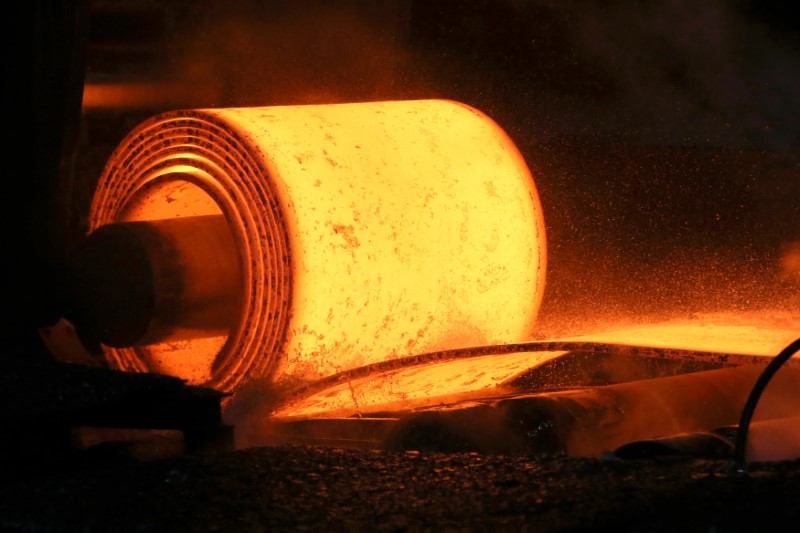Stock market today: Nasdaq closes above 23,000 for first time as tech rebounds
Investing.com -- European steel stocks rose on Wednesday after the European Commission (EC) unveiled a package of proposals aimed at protecting the EU steel industry from import overcapacity.
The proposals, published on October 7, would significantly reduce steel import quotas and raise tariffs on imports outside those quotas, moves that market participants see as broadly positive for domestic producers.
The EC intends to cut tariff-free steel import quotas by about half, from 33 million tonnes in 2024 to 18.3 million tonnes.
At the same time, it proposes doubling tariffs on imports beyond the quota to 50% from the current 25%. The package also includes tighter traceability measures to ensure imported steel is produced and processed according to set standards.
These measures replace safeguard arrangements that are set to expire in June 2026 and are designed to comply with World Trade Organization rules while protecting the industry from unfair competition. According to Jefferies, the proposals are in line with, or slightly better than, what investors were expecting.
In early trading, the sector saw gains, with ArcelorMittal, ThyssenKrupp, Salzgitter, SSAB, and Ternium Europe among the strongest performers.
Analysts note that some of the improvements had already been anticipated by the market, but the details published on Tuesday exceeded expectations, adding fresh support to the sector.
The proposals are expected to give a boost to domestic steel production and help restore industry operating rates. Steel imports account for about a quarter of the EU market, a level that has risen sharply from around 15% in 2012–13, driven by declining EU demand and high import volumes.
Jefferies estimates that the proposed quota cuts could push import penetration back toward earlier levels and allow domestic producers to increase output by up to 10–15 million tonnes.
That could lift operating rates by around 8–12%, easing pressure on prices.
The measures come alongside broader support for the sector. Jefferies points to Germany’s planned €500 billion infrastructure programme from 2027 onwards, which could add 1-2% annually to EU steel demand.
Taken together, these developments could mark a turning point for the industry, which has faced years of falling demand, lower production, and rising imports.
For now, analysts say the main effect of the quota and tariff changes will be a short- to medium-term improvement in profitability for EU steel producers.
Jefferies estimates the changes could add about €50 per tonne to EBITDA across the sector in 2026.
While part of the impact has already been reflected in share prices, the proposals are seen as a meaningful step toward stabilising the industry.
